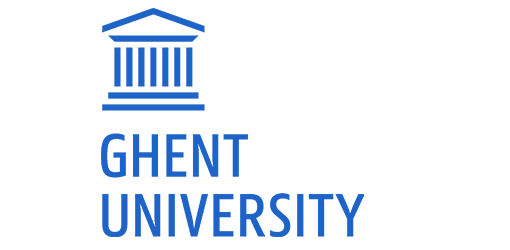Value Modeling in ArchiMate (Kathleen Nollet)
Context
This topic belongs to the cluster Enterprise Architecture modelling, analysis and design. It can be chosen by students from:
– Business Engineering (all fields of study)
– Business Economics (MBE:BE) (background in computer science, ICT, informatics or information management)
– Business Administration (Management and Informatics field of study)
A duo master dissertation is possible, though not required.
Project description
ArchiMate is the standard modeling language for enterprise architecture. The enterprise architecture of an organisation refers to the structural and dynamic composition and properties of its ‘system’ of goals, strategies, business organisation (roles, responsibilities, processes, functions, services, products, ..), information systems (data and applications), information technology, other infrastructure (facilities, machinery), and implementation and migration plans (programs, projects, work packages). Enterprise architects are responsible for the coherence of all these organisational assets and knowledge items and help to steer the organisation in the right direction, supporting its strategic initiatives with their knowledge, skills and toolset. ArchiMate, as modeling language for describing, analysing, designing and evolving the organisational enterprise architecture is part of that toolset.
ArchiMate is continuously further developing having reached version 3.0 in mid June 2016. Although the language now contains concepts to model organisational goals, the courses of actions to reach them (e.g., strategies), and capabilities as a linking pin between the strategic level and its operationalisation in the organisational infrastructure (business, IS and IT architectures), and supports managerial approaches like capability-based planning, it is still not clear if ArchiMate can now replace existing value modeling approaches which were specifically developed to represent the organisational business model(s) that facilitate the implementation of strategy in the design of the organisation.
The purpose of the thesis is to investigate value modeling with ArchiMate 3.0, in particular whether the concepts of the standard VDML (Value Delivery Modeling Language) are covered by ArchiMate.
Rather than theoretical, the thesis aims for a practical investigation in close collaboration with the company VDMBee – the supervisor can get the student(s) in touch with this company — that has developed (and continues to do so) the Value Management Platform tool which applies VDML to guide strategic change initiatives in companies. A detailed comparison of value modeling with ArchiMate and VDML modeling with the Value Management Platform in the context of a case-study is the probably course of the thesis work.
Lessons learned from the thesis have academic relevance, but can also inform the further development of the VDMBee platform as well as ArchiMate (e.g., the design of a value modeling architecture viewpoint, new types of enterprise archicture analysis, etc.)
